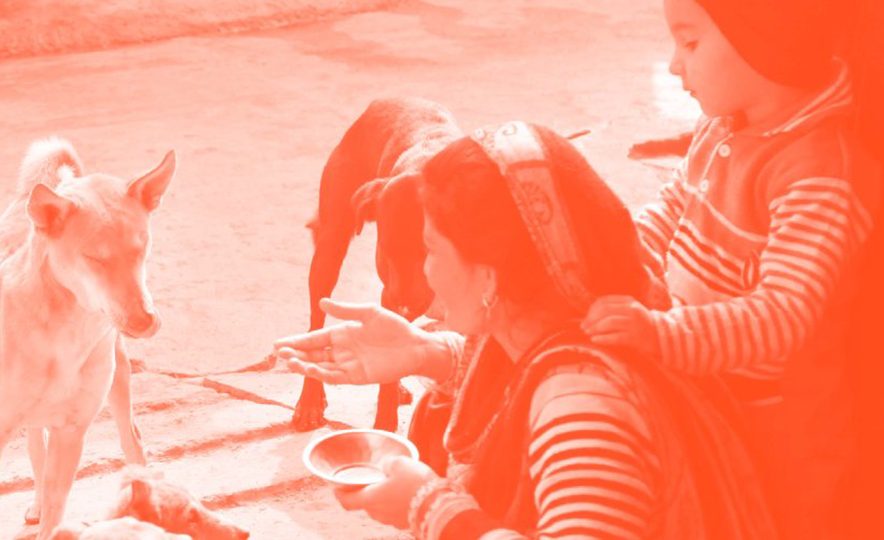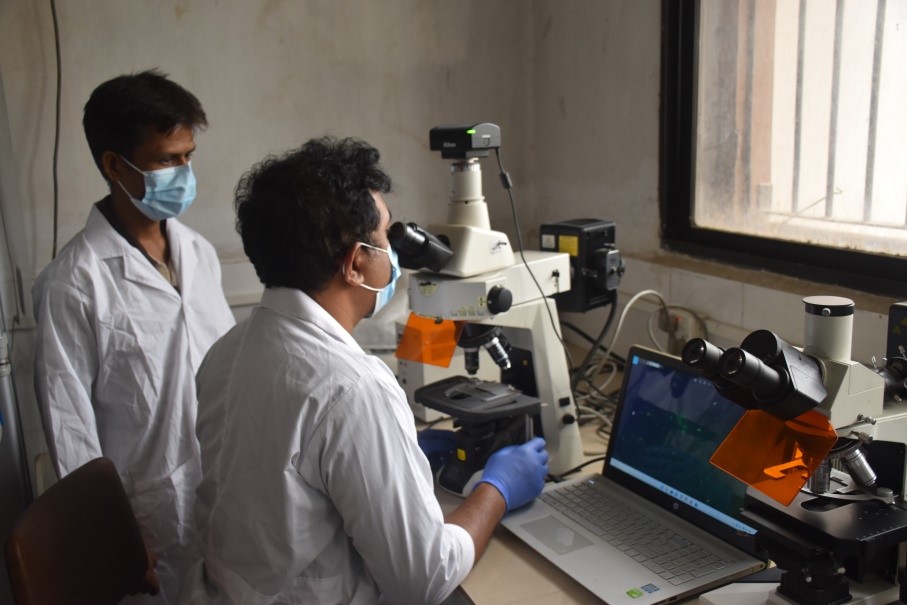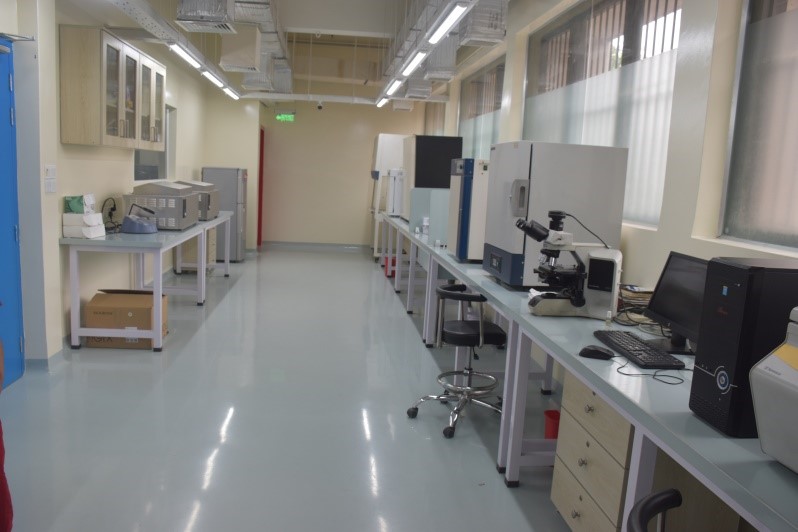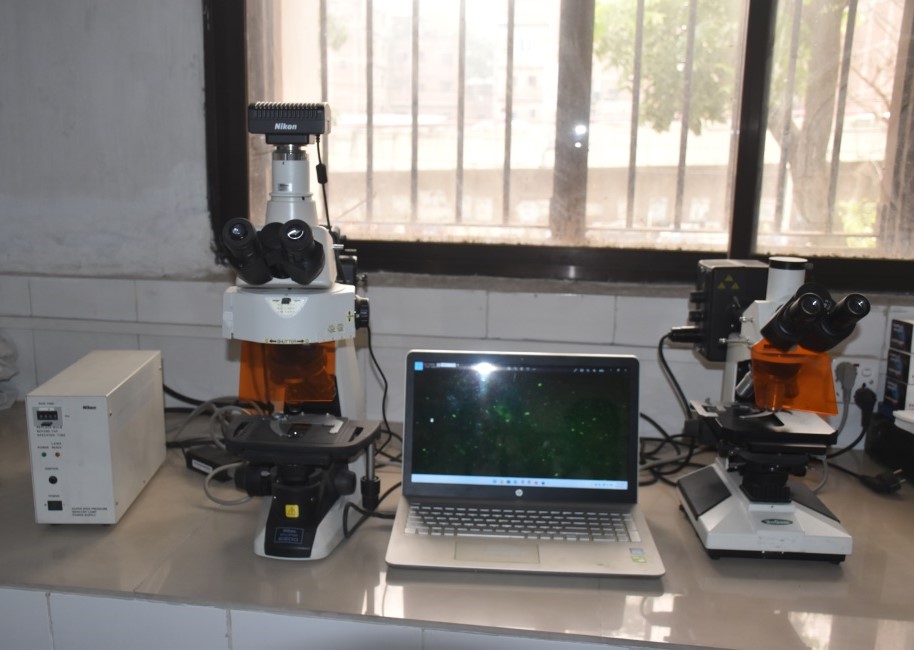
28 September 2022 (Bangladesh) – In Bangladesh, the Central Disease Investigation Laboratory (CDIL) of the Department of Livestock Services (DLS) recently diagnosed rabies in both children and foxes in the country, obtaining results via Direct Flourescent Antibody Test (DFAT), PCR and qRT-PCR methods. CDIL is the only state-of-the-art laboratory in Bangladesh capable of diagnosing rabies. Two case studies on the diagnosis of rabies in children and foxes are as follows:
Rabies Diagnosis in Children: A Case Study
A child presented neurological symptoms along with a fever, following a cat scratch from one week prior. The child was sent to a hospital, where the attending physician referred the child to an infectious disease hospital as a suspected rabies case. The child was hospitalized, placed under close supervision, and began symptomatic treatment. After 2 to 3 days of hospitalization, the child’s parent became increasingly worried and requested that the hospital discharge their child, but was informed that this was not possible until a rabies negative laboratory test result was obtained.
The hospital sent a saliva sample from the suspected child to the CDIL for the diagnosis of rabies. CDIL conducted a conventional PCR test as well as a real time PCR (qRT-PCR) for the detection of rabies virus. The saliva sample was found negative for rabies virus and subsequently reported back to the hospital. CDIL also tracked the history of the cat which scratched the child around 12-14 days prior, and determined that the cat was in good health. All this data indicated that it was not a rabies case. Based on the report from CDIL, the child was discharged from the hospital with symptomatic treatment. Recent communication reports that the child is now doing well and is healthy.
Photo: The state-of-the-art rabies diagnostic facilities of the Central Disease Investigation Laboratory (CDIL), Bangladesh
Rabies Diagnosis in Foxes: A Case Study
CDIL has also diagnosed rabies virus in wild animals. In one case, a fox showing rabid behavior entered the peri-forest areas of the Tangail district of Bangladesh and was madly attempting to bite humans and animals. Both the local veterinary and human health departments were informed about the bite cases. The Upazila Livestock Office and Veterinary Hospital searched for the fox but it was found dead. They immediately sent the whole carcass to CDIL for rabies diagnosis. CDIL collected brain sample and conducted DFAT, PCR and qRT-PCR tests on the dead fox, and the fox was found rabies positive, and promptly reported this to the human health department. Based on CDIL’s confirmatory diagnoses, the health department has provided post exposure prophylactic treatment, as well as post exposure anti-rabies vaccines.
Photo: Equipment at the rabies diagnostic facilities of the Central Disease Investigation Laboratory (CDIL), Bangladesh
Staff outside of the Central Disease Investigation Laboratory (CDIL), Bangladesh
Disclaimer: WOAH does not recommend the use of saliva as the preferred sample for confirmatory diagnosis of rabies in animals and humans.
This article is part of a series published for activities for World Rabies Day 2022, to share challenges and successes in controlling the disease. With a fatality rate of almost 100% in humans and animals alike, rabies remains a global threat, killing approximately 59,000 people every year.
WOAH has long been committed to tackle the disease, supporting its Members in the path towards a rabies-free future. Dog-mediated rabies is set for elimination by 2030. With this goal in mind, WOAH strives to coordinate intersectoral action at a global level and to accompany countries in the development and implementation of their national rabies strategies.
Banner photo: Staff conduct examinations at the Central Disease Investigation Laboratory (CDIL), Bangladesh.
All photo credit: Central Disease Investigation Laboratory (CDIL), Bangladesh





